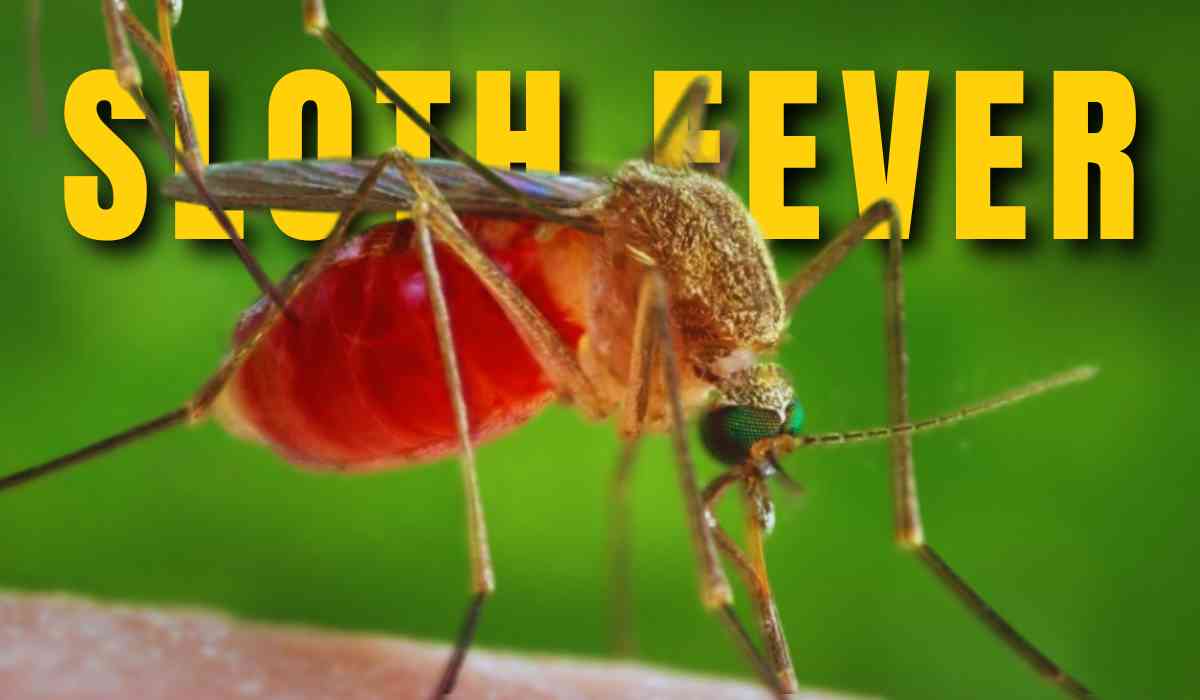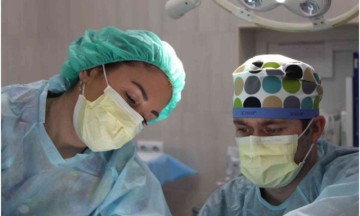- Emerging Threat: The Oropouche virus, also known as Sloth Fever, is spreading beyond South America, with cases now reported in the US.
- Symptoms: High fever, headaches, joint pain, and rashes are common symptoms. The virus can mimic other mosquito-borne illnesses.
- Transmission: Spread mainly through mosquito bites, particularly the Culex species, with no direct human-to-human transmission.
- Prevention: Use repellents, wear protective clothing, and eliminate standing water to prevent mosquito breeding.
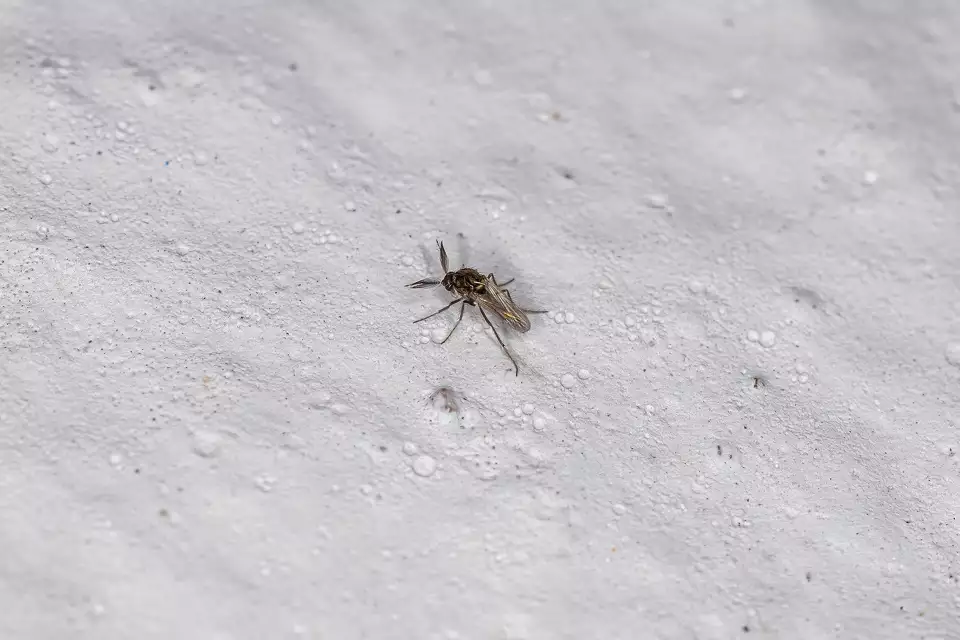
Image Source - HOUSTON CHRONICLE
Sloth Fever, scientifically referred to as the Oropouche virus, has begun to break out of its local constraints within South America and into the US. This might insinuate that such a tropical mosquito-borne virus could increasingly be a cause for alarm given rising cases of fast circulation with alarming symptoms.
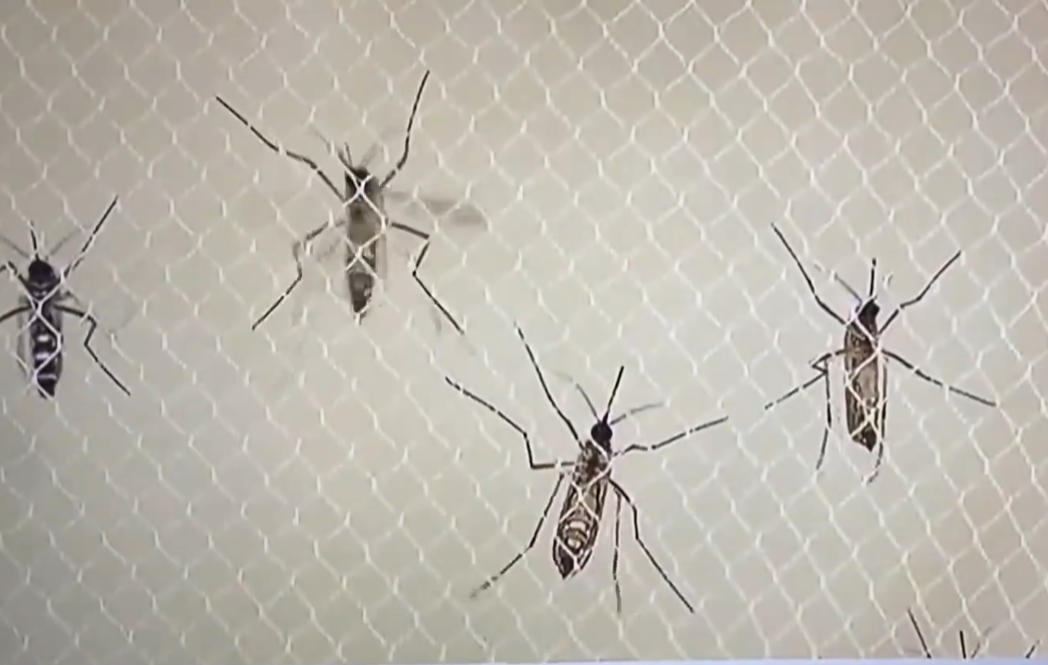
Insects carrying Oropouche virus
What is Sloth Fever?
The Oropouche virus circulates mainly in tropical areas, and the major transmission route is through mosquito bites, with the Culex species being predominant. The infections resulting from this virus have been responsible for outbreaks in several countries such as Brazil, Peru, and Trinidad and Tobago, with an infection rate of more than half a million persons in the last few decades.

Image Source - Jackson Health Systems
Symptoms of Oropouche Virus
The symptoms of Sloth Fever often mimic those of other mosquito-borne illnesses, making diagnosis challenging. Common symptoms include:
- High fever
- Intense headaches
- Muscle and joint pain
- Nausea and vomiting
- Skin rashes
- In some cases, the virus can lead to neurological complications.
The symptoms generally appear within 4 to 8 days after infection and can last for several days, significantly impacting the patient’s quality of life.
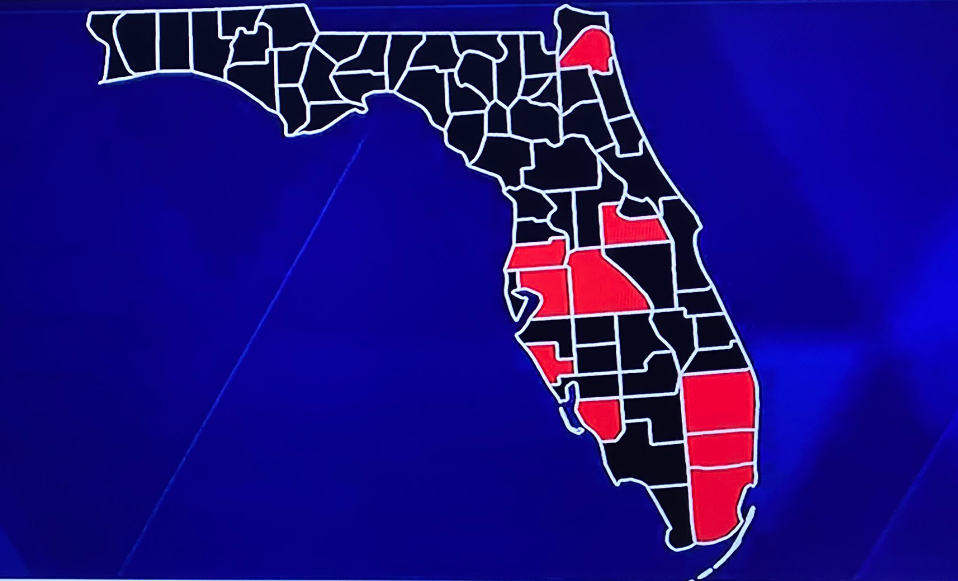
This is the recent data on the spread of the virus, all the red zones are the most dangerous and quarantine zones
Spread of the Virus
The virus is transmitted by the infective bites of mosquitoes. Places experiencing a massive population of mosquitoes are very prone. No record of human-to-human transmission exists, though it can spread through blood transfusions.
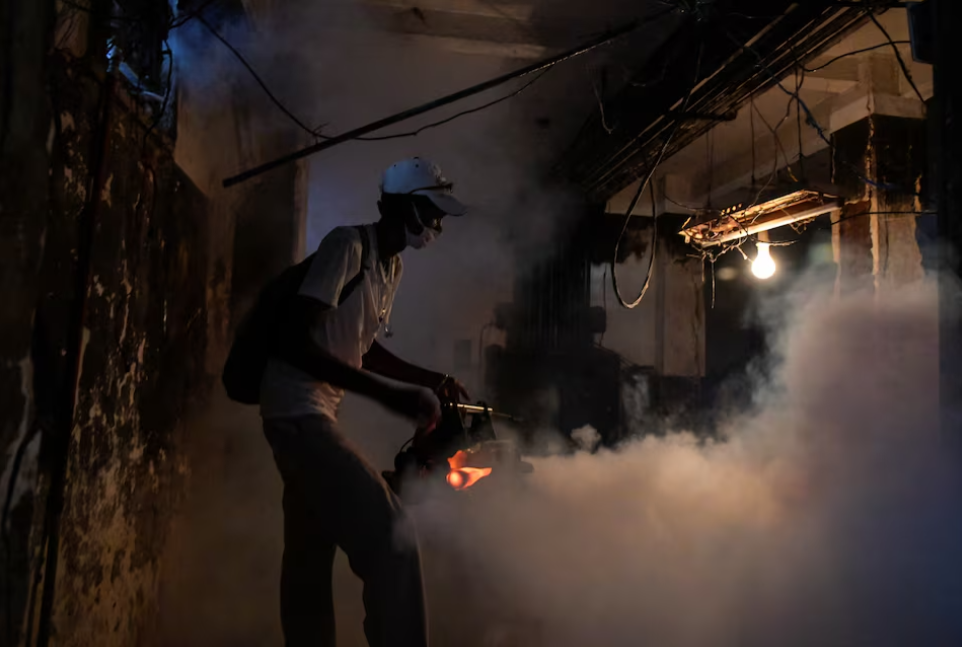
Image Source - Reuters
Prevention
Since there's no known specific antiviral treatment nor any vaccine for the disease, prevention is key. This includes:
Use of Mosquito Repellents: Apply insect repellents containing DEET on exposed skin and fabrics.
Protective Clothing: Wear long sleeves, long pants, and socks, especially during peak mosquito activity times.
Eliminate Stagnant Water: Mosquitoes breed in stagnant water; thus, one should clean up containers holding water, flower pots, and gutters from time to time.
Treatment and Management
So far, there is no specific treatment available for the infection caused by Oropouche virus. Management principally focuses on symptomatic relief-for example, fever and pain management with analgesics, adequate hydration, and rest. Severe cases warrant hospitalization for close observation.
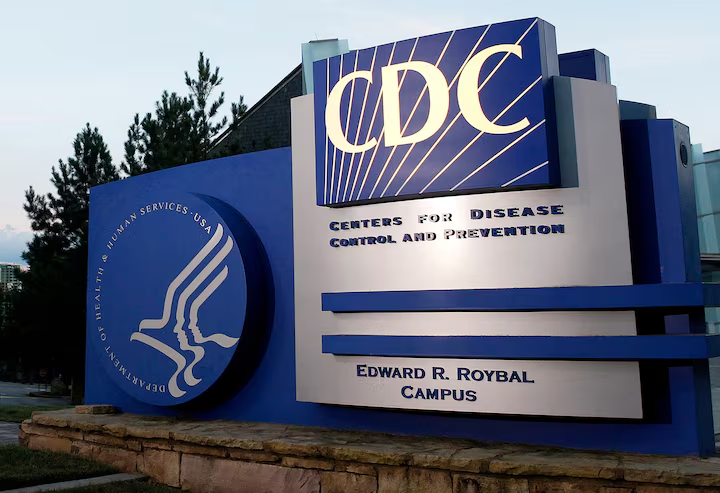
Image Source - Reuters
Public Health Response
Health authorities in the affected regions underline that surveillance is critical for timely detection and effective response to the outbreaks. Public awareness campaigns are being launched, aiming at sensitizing people on preventive measures and the importance of seeking medical help as soon as symptoms appear.
The spread of the Oropouche virus into new territories, like the US, underpins a call for vigilance and preventive action. This emerging health menace shall have to be contained, as in the case of most vector-borne diseases, through public awareness and proactive control of the mosquito population, since no cure or vaccine has been found yet.
Inputs by Agencies
Image Source: Multiple Agencies
Ⓒ Copyright 2024. All Rights Reserved Powered by Vygr Media.

